Ready to break away from your routine flavors in the kitchen?
Let’s embark on a culinary journey exploring vanilla extract vs vanilla essence.
This article will guide you through the variances and how to employ them to elevate your baking and cooking.
Uncover the myriad ways in which vanilla extract vs. vanilla essence can revolutionize your culinary creations. Let’s begin!
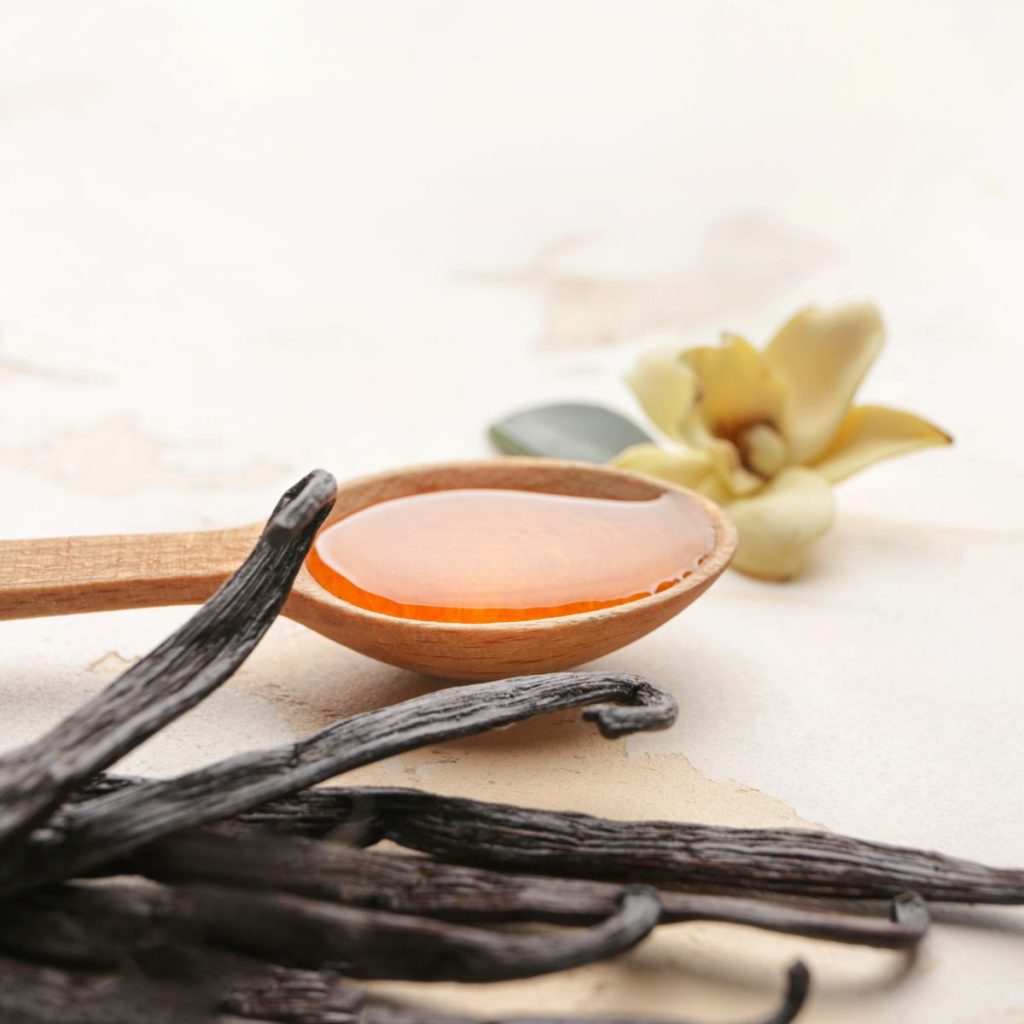
The Basics of Vanilla Extract
If you’re a fan of baking, you’ll definitely want to know the basics of vanilla extract.
It’s the secret ingredient that adds a touch of sweetness and depth to your favorite desserts.
Vanilla extract is made by soaking vanilla beans in alcohol, which extracts the flavor compounds from the beans.
The longer the beans are steeped, the stronger the flavor of the extract.
To achieve innovation in your baking, consider experimenting with different types of vanilla beans and alcohols.
Madagascar vanilla beans are known for their rich, creamy flavor, while Tahitian vanilla beans have a more floral and fruity taste. As for the alcohol, you can try using vodka, rum, or even bourbon for a unique twist.

Understanding Vanilla Essence
To truly understand vanilla essence, you need to educate yourself on its origins and production process.
Vanilla essence is a concentrated form of vanilla flavoring that’s derived from the vanilla bean.
Unlike vanilla extract, which is made by steeping the vanilla beans in alcohol, vanilla essence is made by combining synthetic vanillin with water and other flavorings.
This innovative process allows for a more efficient and cost-effective production of vanilla flavor.
The synthetic vanillin used in vanilla essence is chemically identical to the vanillin found in natural vanilla beans, ensuring a consistent and intense flavor profile.
Vanilla essence is commonly used in baking and confectionery to add a distinct vanilla taste to desserts.
Its versatility and affordability make it a popular choice among home bakers and professional chefs alike.
Vanilla Extract vs Vanilla Essence
Now let’s delve into the key differences between vanilla extract and essence so you can better understand which one suits your baking needs.
Vanilla extract is made by soaking vanilla beans in alcohol, usually vodka, which extracts the flavor compounds from the beans. It has a rich and intense flavor profile, with a deep aroma and a slightly bitter taste.
On the other hand, vanilla essence is a synthetic flavoring made from chemicals that mimic the taste and smell of vanilla. It’s less expensive than vanilla extract but lacks the complexity and depth of flavor.
Primary Rating:
4.7 | Primary Rating:
4.2 |
Pros:
| Pros:
|
Cons:
| Cons:
|
$14.95
| $14.99
|
- SAVA Madagascar Vanilla Extract is known for its genuine and robust vanilla flavor
- Premium Quality
- It offers a deep and aromatic profile, enhancing the overall sensory experience of your dishes.
- Suitable for a wide range of culinary applications, including baking, desserts, beverages, and even savory dishes.
- Professional bakers and chefs often prefer this high-quality vanilla extract for its exceptional flavor and ability to elevate gourmet creations.
- More expensive than synthetic ones.
- Limited Availability
- While the rich flavor is a pro, it can be a con if you prefer a milder vanilla flavor in your recipes.
- Typically more budget-friendly than premium vanilla extracts.
- Vanilla essence often has a longer shelf life than natural extracts, ensuring that you can keep it in your pantry for an extended period.
- Easy Accessibility.
- Vanilla essence provides a consistent and predictable flavor.
- It can be used in a wide range of recipes, both sweet and savory, where a subtle vanilla flavor is desired.
- Vanilla essence is typically made with synthetic vanillin and may lack the complexity and depth of flavor found in natural vanilla extracts.
- Less Authenticity
- The flavor profile of vanilla essence is simpler compared to premium vanilla extracts, and it may not provide the same depth and richness in high-end culinary creations.
- If you're looking for a strong, intense vanilla flavor, vanilla essence may not be as potent as some premium extracts.
While both can be used in baking, vanilla extract is preferred by professional bakers for its natural and authentic taste. So if you’re looking for a true vanilla experience, opt for vanilla extract over essence.
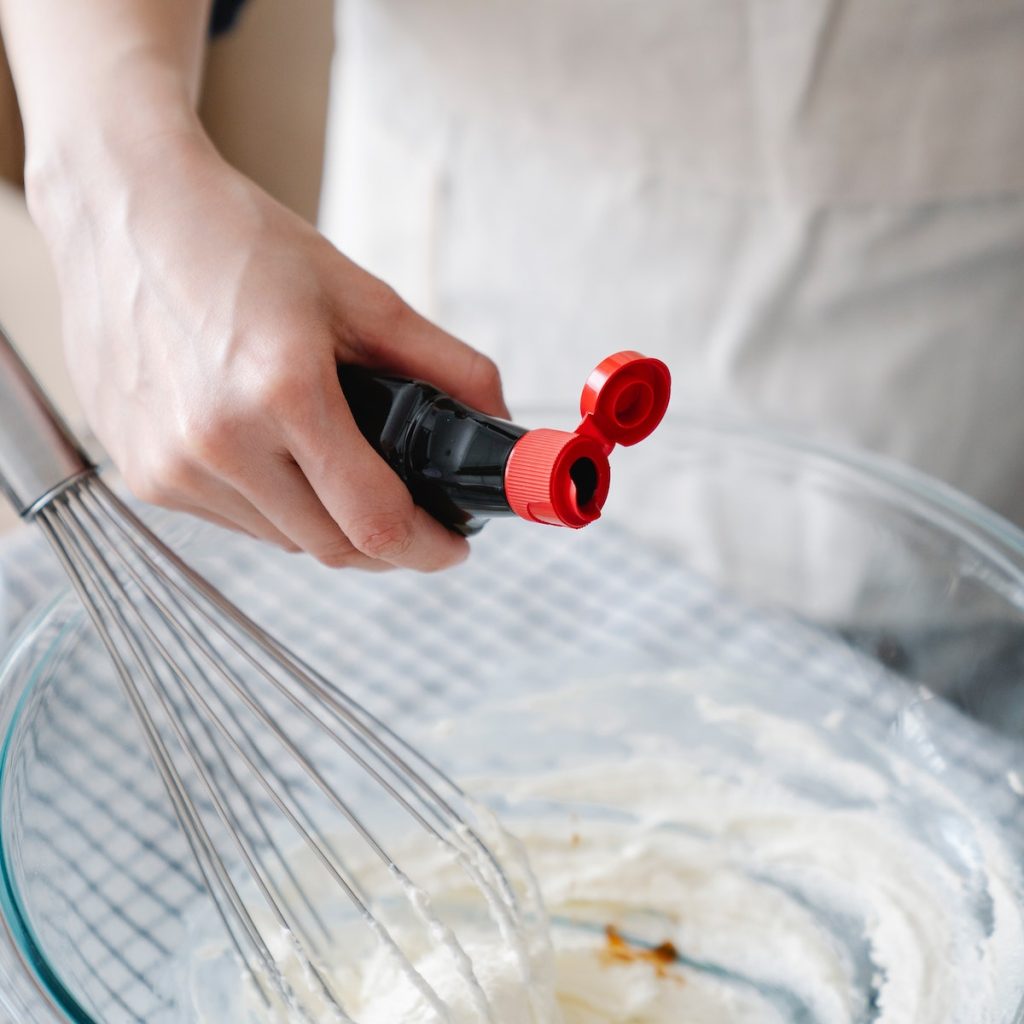
How to Use Vanilla Extract in Baking and Cooking
To use vanilla extract in your baking and cooking, simply add a small amount to your recipes for a delicious and fragrant vanilla flavor.
But why stop there? Vanilla extract can be used in innovative ways to elevate your dishes to a whole new level.
For a twist on traditional chocolate chip cookies, add a teaspoon of vanilla extract to the dough for a rich and aromatic flavor.
Want to take your morning pancakes to the next level? Stir a tablespoon of vanilla extract into the batter for a delightful burst of sweetness.
Vanilla extract can even be added to savory dishes like roasted vegetables or marinades for a unique and unexpected flavor profile.
Exploring the Versatility of Vanilla Essence
With vanilla essence, you can discover a world of culinary possibilities by infusing a hint of vanilla flavor into your favorite desserts and drinks.
Imagine the rich aroma and delicate taste that vanilla essence can bring to your creations.
Whether you’re baking a classic vanilla cake or experimenting with new flavor combinations in cocktails, vanilla essence can elevate your dishes to new heights.
Add a few drops to your pancake batter for a touch of sweetness, or mix it into your morning coffee for a delightful twist.
The versatility of vanilla essence knows no bounds – use it to create homemade ice cream, flavored whipped cream, or even in savory dishes like vanilla-infused vinaigrette.
Embrace the innovation and let vanilla essence unleash your culinary creativity.


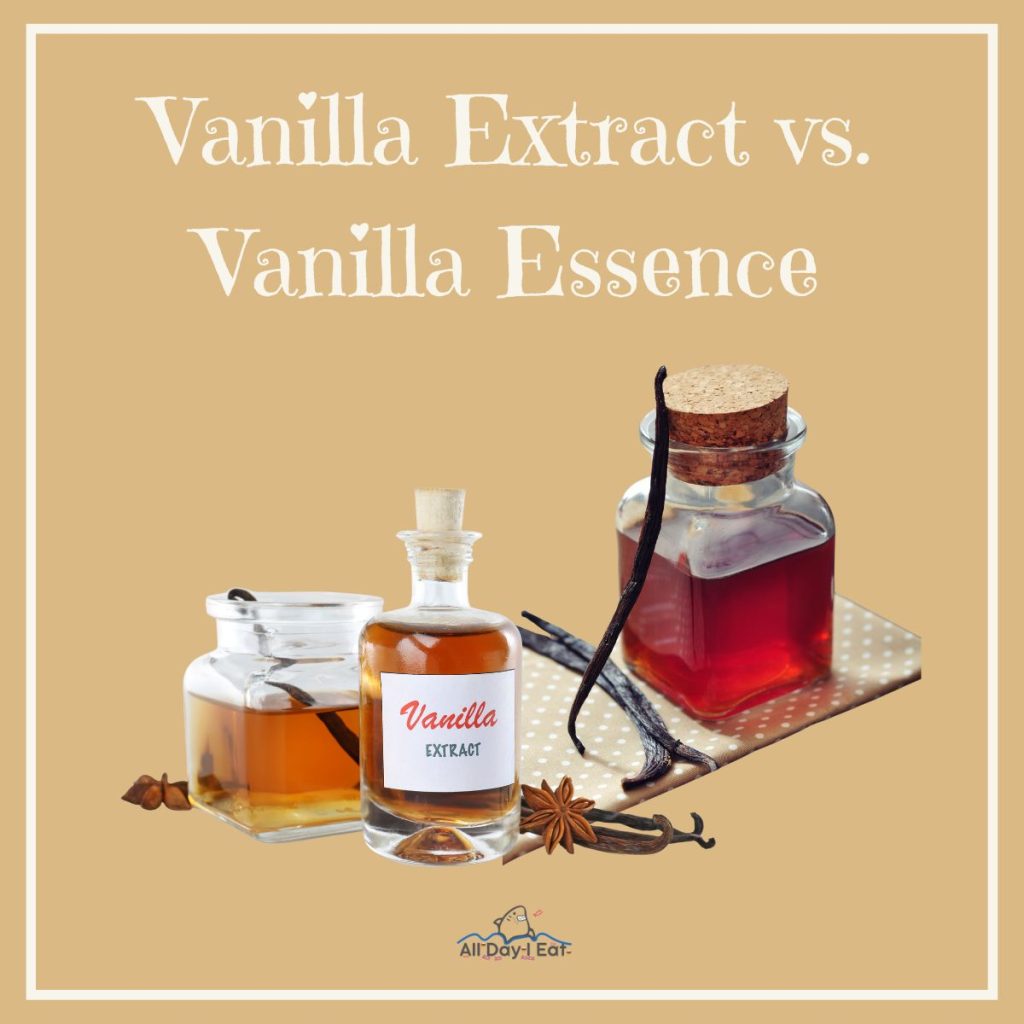




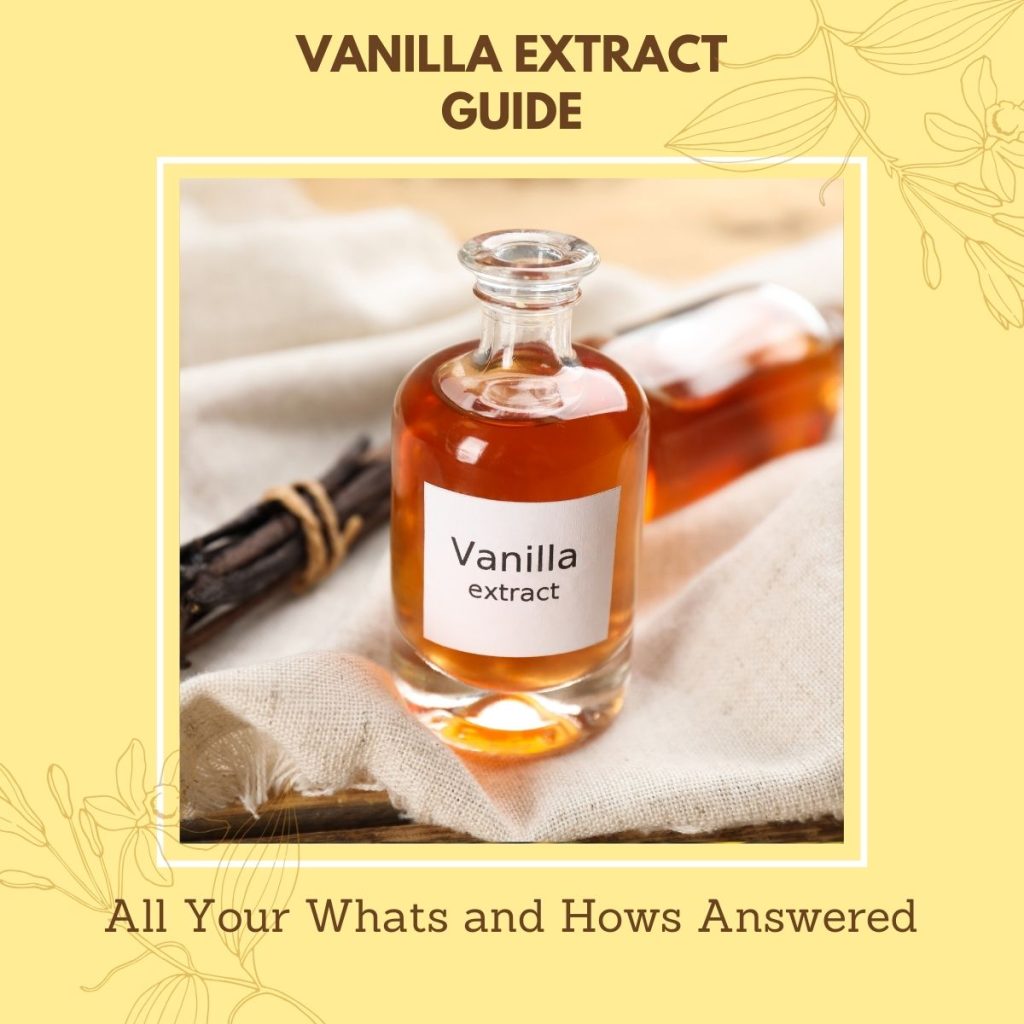
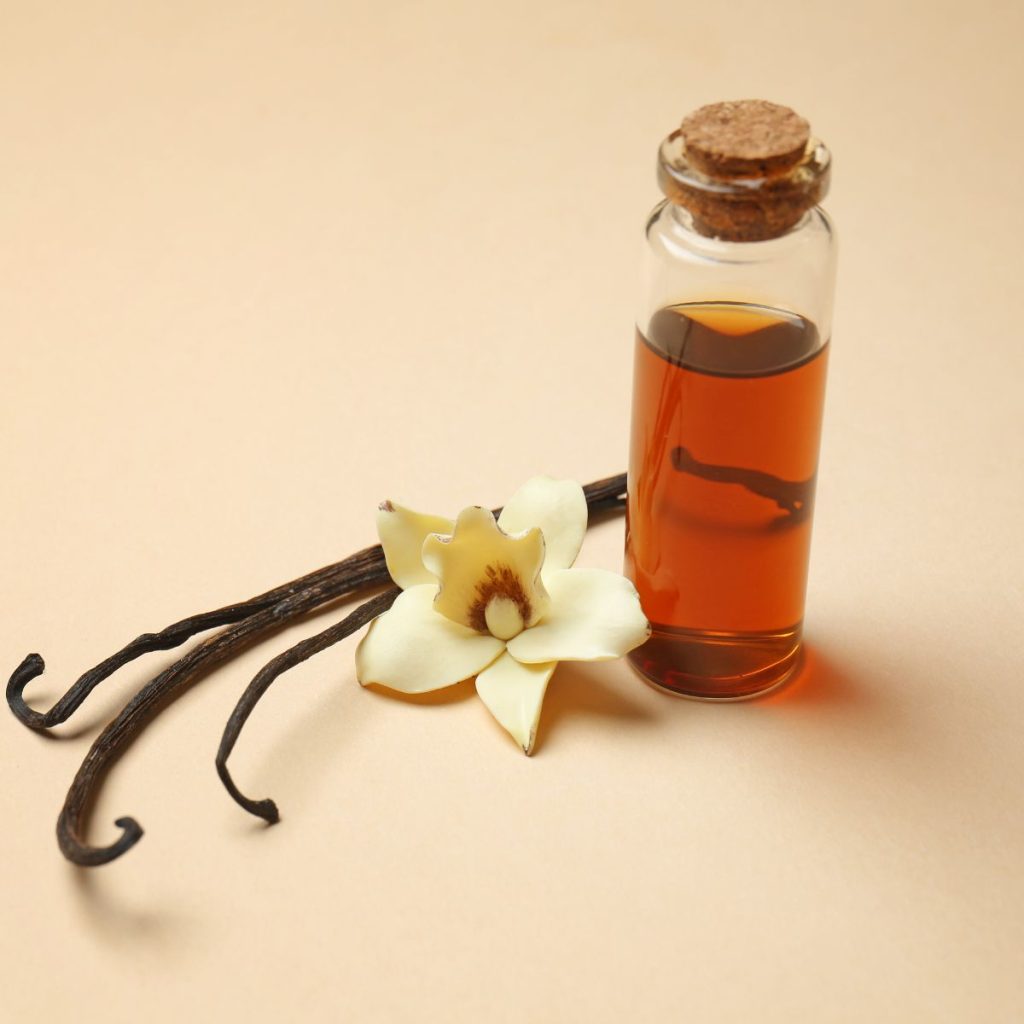

Konnichiwa! (Hello!) I'm Pat Tokuyama, a Japanese tofu cookbook author, who travels for music, food, and adventure. If you like Japanese tea, checkout some of the newestorganic japanese tea, matcha bowls and noren and more!
** Curious about the Plant Based Japanese Cooking Club? ** Learn more here!